Fundamentals of Database Engineering
Loại khoá học: Database Design & Development
Learn ACID, Indexing, Partitioning, Sharding, Concurrency control, Replication, DB Engines, Best Practices and More!
Mô tả
Database Engineering is a very interesting sector in software engineering. If you are interested in learning about database engineering you have come to the right place. I have curated this course carefully to discuss the Fundamental concepts of database engineering.
This course will not teach you SQL or programming languages, however, it will teach you skillsets and patterns that you can apply in database engineering. A few of the things that you will learn are Indexing, Partitioning, Sharding, Replication, b-trees in-depth indexing, Concurrency control, database engines and security, and much more.
I believe that learning the fundamentals of database engineering will equip you with the necessary means to tackle difficult and challenging problems yourself. I always compare engineering to math, you never memorize specific formulas and equations, you know the basic proves and derive and solve any equation one throws at you. Database engineering is similar, you can't possibly say MongoDB is better than MySQL or Postgres is better than Oracle. Instead, you learn your use case and by understanding how each database platform does its own trade-offs you will be able to make optimal decisions.
One other thing you will learn in this course is the lowest database interface that talks to the OS which is the database engine. Database engines or storage engines or sometimes even called embedded databases is a software library that a database management software uses to store data on disk and do CRUD (create update delete) Embedded means move everything in one software no network client-server. In this video course, I want to go through the few popular database engines, explain the differences between them, and finally, I want to spin up a database and change its engine and show the different features of each engine.
Enjoy the course.
Bạn sẽ học được gì
Learn and understand ACID Properties
Database Indexing
Database Partitioning
Database Replication
Database Sharding
Database Cursors
Concurrency Control (Optimistic, Pessimistic)
B-Trees in Production Database Systems
Database System Designs
Difference between Database Management System, Database Engine and Embedded database
Database Engines such as MyISAM, InnoDB, RocksDB, LevelDB and More
Benefits of Using one database engine over the other
Switching Database Engines with MySQL
Database Security
Homomorphic Encryption
Yêu cầu
- Have worked with databases before but wish to get deeper understanding
- Basic SQL knowledge
Nội dung khoá học
Viết Bình Luận
Khoá học liên quan

Đăng ký get khoá học Udemy - Unica - Gitiho giá chỉ 50k!
Get khoá học giá rẻ ngay trước khi bị fix.

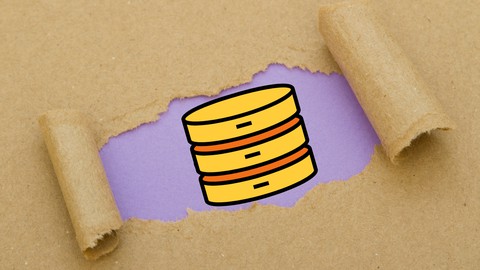

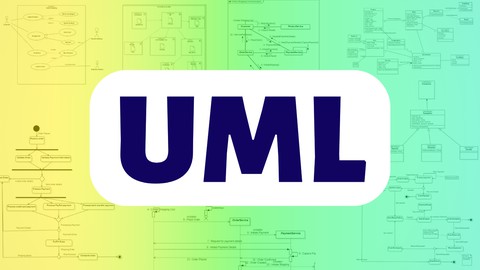
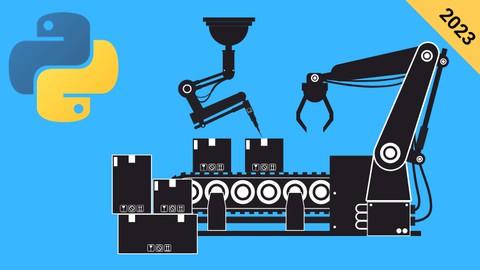
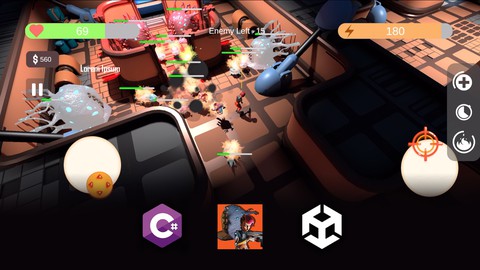

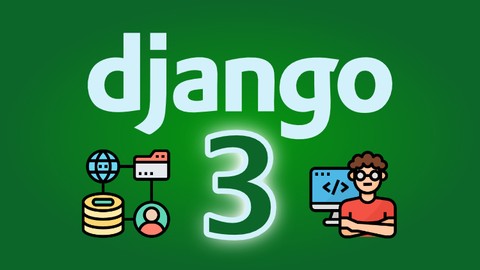




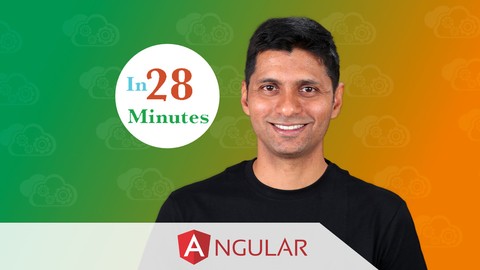
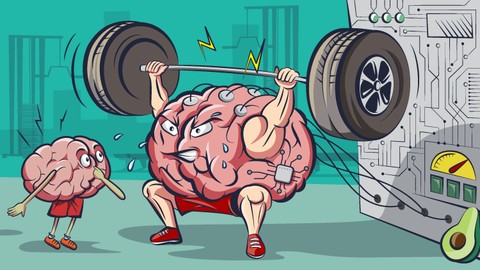

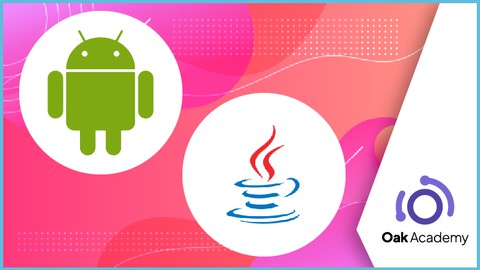


Đánh giá của học viên
Bình luận khách hàng